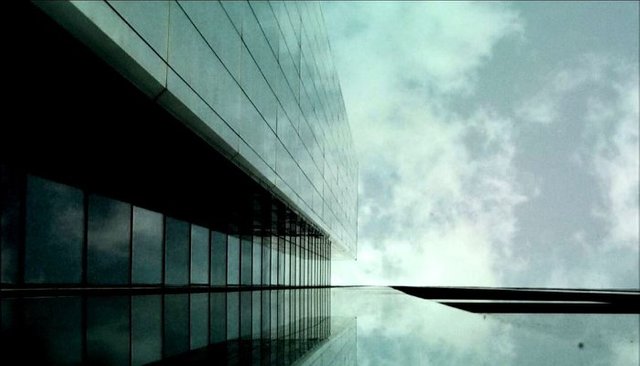
I recently read Dave Cartwright's wonderful article _on greening one's data center. Indeed greening any power consuming activity is a good idea, for it yields the dual benefits of saving on operational costs and reducing its impact on the environment.
While Dave goes into great detail to explain the green technologies he mentions, it's beneficial to look at them in a shorter list format so that one can skim and indeed realize, "Yes, there are many options for going green."
Dave's options range in scale from small to large.
- Servers as home heating units – A somewhat whacky concept by most standards whereby a single decentralized server (or several) is installed in someone's home located in a cold climate. The server helps provide heat for the home. More about this here.
- Local Energy Storage (LES) – Instead of locating UPS centers as a separate facility from the data center, install individual UPS onto the back of the servers themselves. More here.
- "Adiabatic" air handling systems – "A process that does not involve the transfer of heat into or out of a system" (AKA perfectly insulated). More here .
- "Cold Aisle" approach – Whereby you only allow cool air to flow to and through areas that generate heat: the servers themselves and electrical systems that support them.
- Alternative Power Generation – This article specifically mentions solar power, but there are many other forms of power to consider.
- Go Cloudy – In simple words, this implies shuffling off your data center load to someone else for a fixed cost-per-unit. Another form of SEP ("someone else's problem"), this assumes the service provider is handling their energy efficiency in a green manner – perhaps not necessarily true.
- Go Virtual – A blade-based server with single-power supplies and fan units shared between server modules, with VMware or Hyper-V running dozens of virtual machines using a fraction of the power of their physical server equivalents.
- Flash storage vs. Spinning Disk – Flash consumes energy. While the initial investment in flash storage is more costly, its long-term savings come to bear over time.
- Greener Networking – Switches with thermostatically controlled fans, versus fans that run at full-tilt all the time.
- Software tweaks – For example, deduplication of data to reduce data storage consumption.
- More efficient servers
There is no one sure-fire answer to a large-scale reduction in data center power consumption. Instead, Dave's article shows us the beauty for data center power reduction is in the details, many of them listed above. More are on the way.